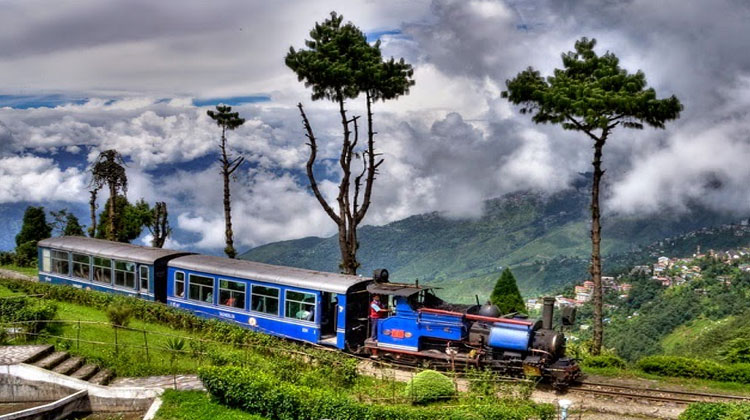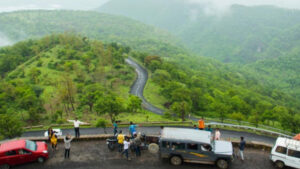Madras High Court Imposes Vehicle Limits for Ooty & Kodaikanal: Key Details

Madras High Court Imposes Vehicle Limits for Ooty & Kodaikanal: Key Details
To protect the environment and ensure sustainable tourism, the Madras High Court has implemented new vehicle restrictions for Ooty and Kodaikanal, two popular hill stations in South India. Effective from April 1 and lasting until June, these restrictions aim to regulate the influx of tourists and minimize the impact on the fragile ecosystems of these scenic destinations.
The court has capped the number of tourist vehicles entering Ooty at 6,000 during weekdays and 8,000 during weekends. For Kodaikanal, the limit is set at 4,000 vehicles on weekdays and 6,000 on weekends. This decision was made to address concerns about traffic congestion and environmental degradation caused by excessive tourism.
The court clarified that the restrictions do not apply to local vehicles or those transporting agricultural produce. This measure aims to ensure the smooth functioning of daily life for residents while managing the influx of tourists.
The judges also instructed the authorities to prioritize electric vehicles when issuing e-passes for hill station entry. On April 29, 2024, the court made it compulsory for vehicles to have an e-pass to enter the hill stations. The court stated, “Every vehicle entering the Nilgiris and Kodaikanal must acquire an e-pass to assist the district administration in gathering data on the number and types of vehicles visiting the hill stations during the summer.”
The court was alarmed by the state government’s report revealing a staggering number of vehicles entering the Nilgiris daily. The report indicated that approximately 20,000 vehicles enter the region every day, a figure that prompted the court to take action.
To address the potential strain on the ghat roads, the court was informed that IIM-Bangalore and IIT-Madras would conduct scientific studies to determine the maximum number of vehicles that can safely travel on these roads. The report also highlighted the seasonal variations in traffic, with a significantly higher volume of vehicles entering during peak season.
During peak season, the report indicated that 11,509 cars, 1,341 vans, 637 buses, and 6,524 two-wheelers enter the Nilgiris daily. In terms of accommodation, the report stated that the Nilgiris has the capacity to accommodate around 20,000 tourists, taking into account the guest houses managed by the PWD, TTDC, horticulture, and forest departments.
Planning Your Trip to the Nilgiris:
E-passes are required: To enter the Nilgiris, you’ll need an e-pass. Book your pass in advance, as they can be limited.
Electric vehicles get priority: If you’re driving an electric vehicle, you’ll have a better chance of securing an e-pass.
Public transportation is an option: If you arrive by train or government bus, you don’t need an e-pass. Consider using public transportation to avoid any hassle.
Travel on off-peak days: If you’re driving your own vehicle, try to travel on off-peak days to increase your chances of getting an e-pass.
Expect delays at checkpoints: Be prepared for potential delays at checkpoints for e-pass verification.
E pass apply
https://epass.tnega.org/apply-epass/8c9858e7-304a-451f-8be5-574b76332c44












